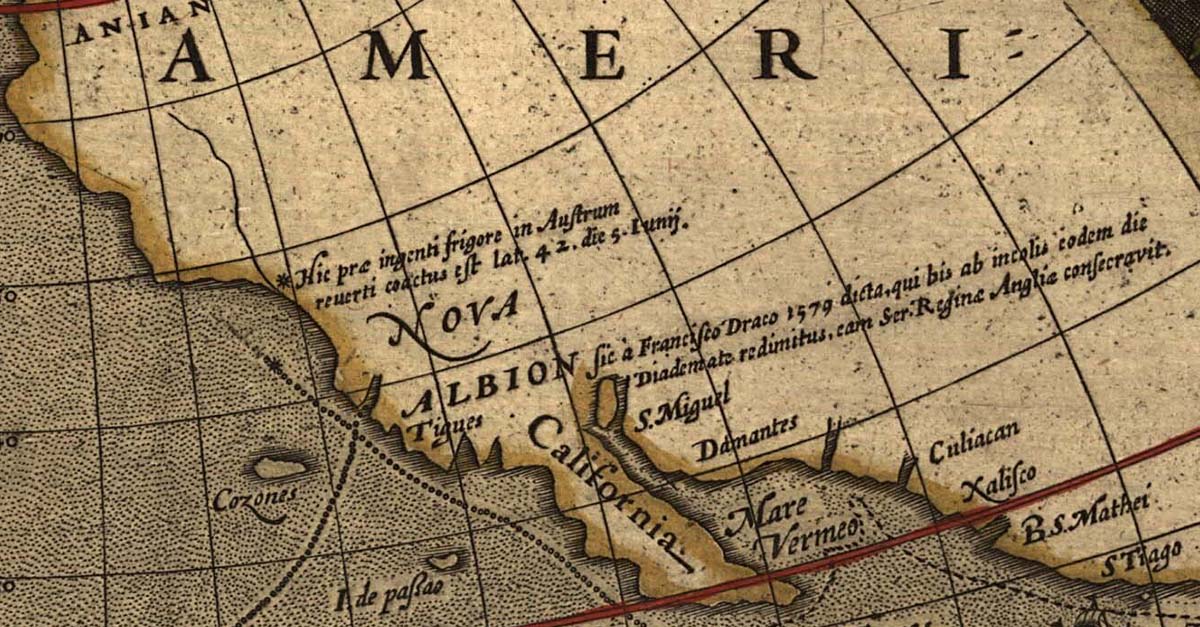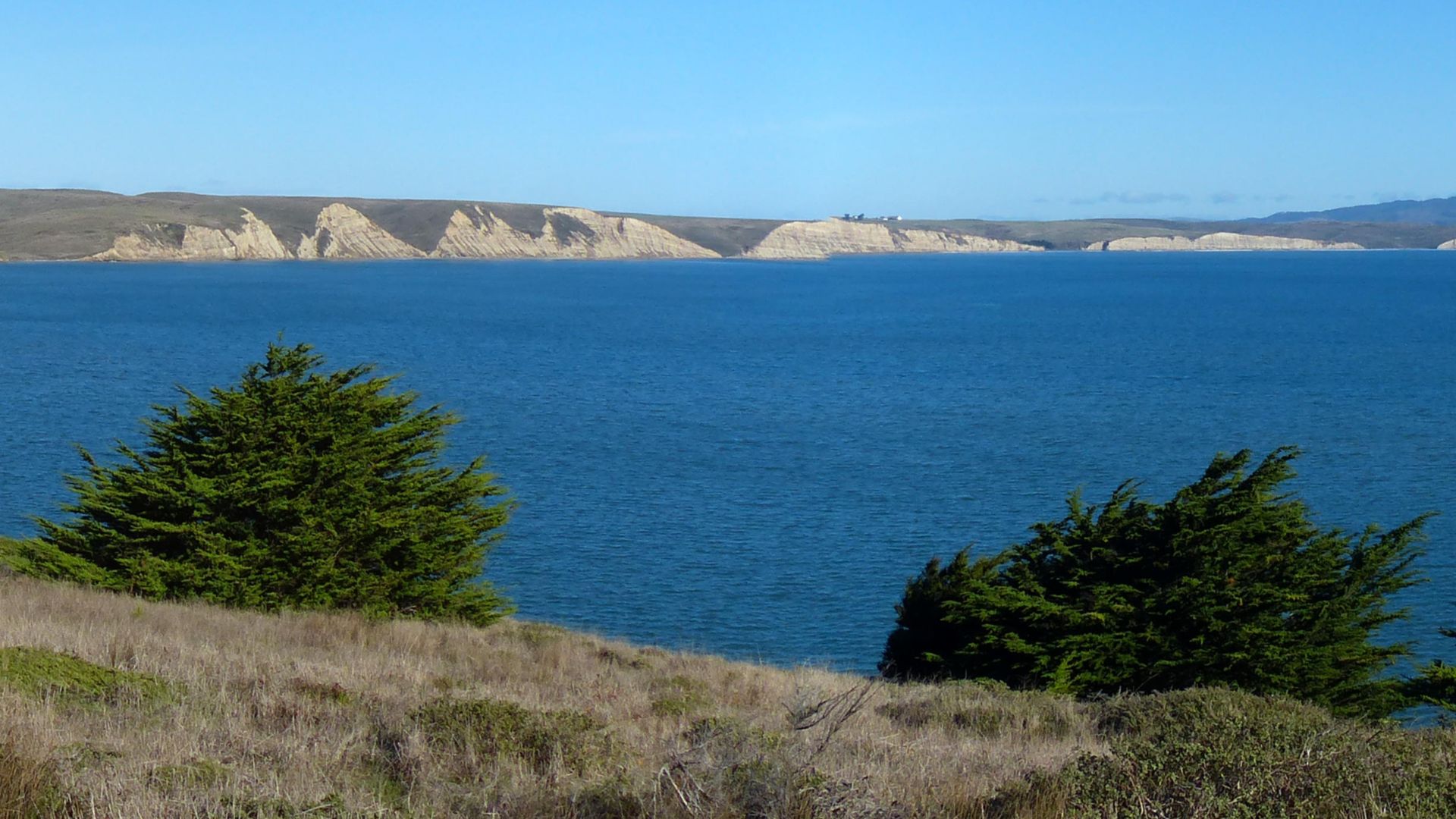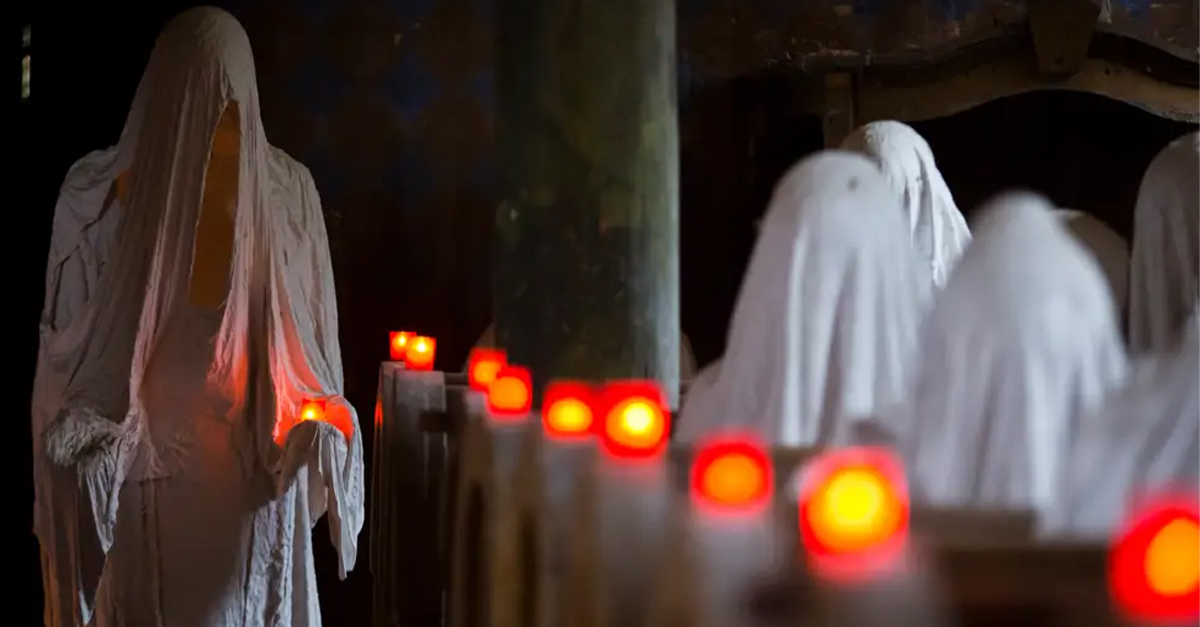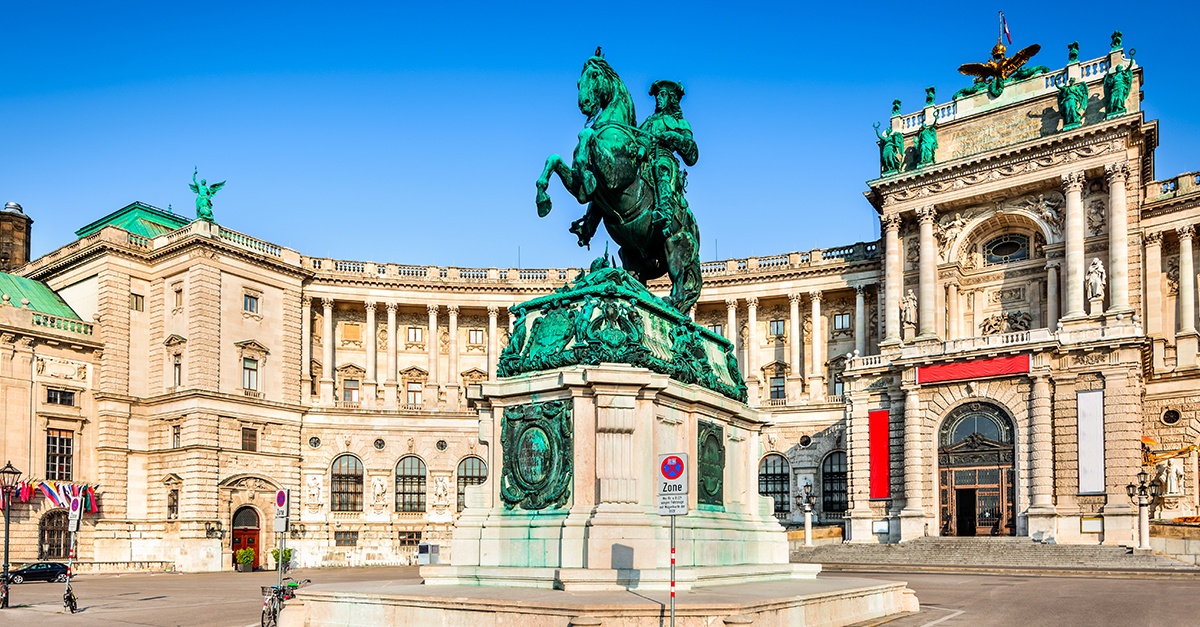The Lost Settlement
History has long positioned the New England area as the start of America. However, Sir Francis Drake landed in England, and then left, long before those first Pilgrims arrived. Here’s everything we know about New Albion, the settlement that made America.
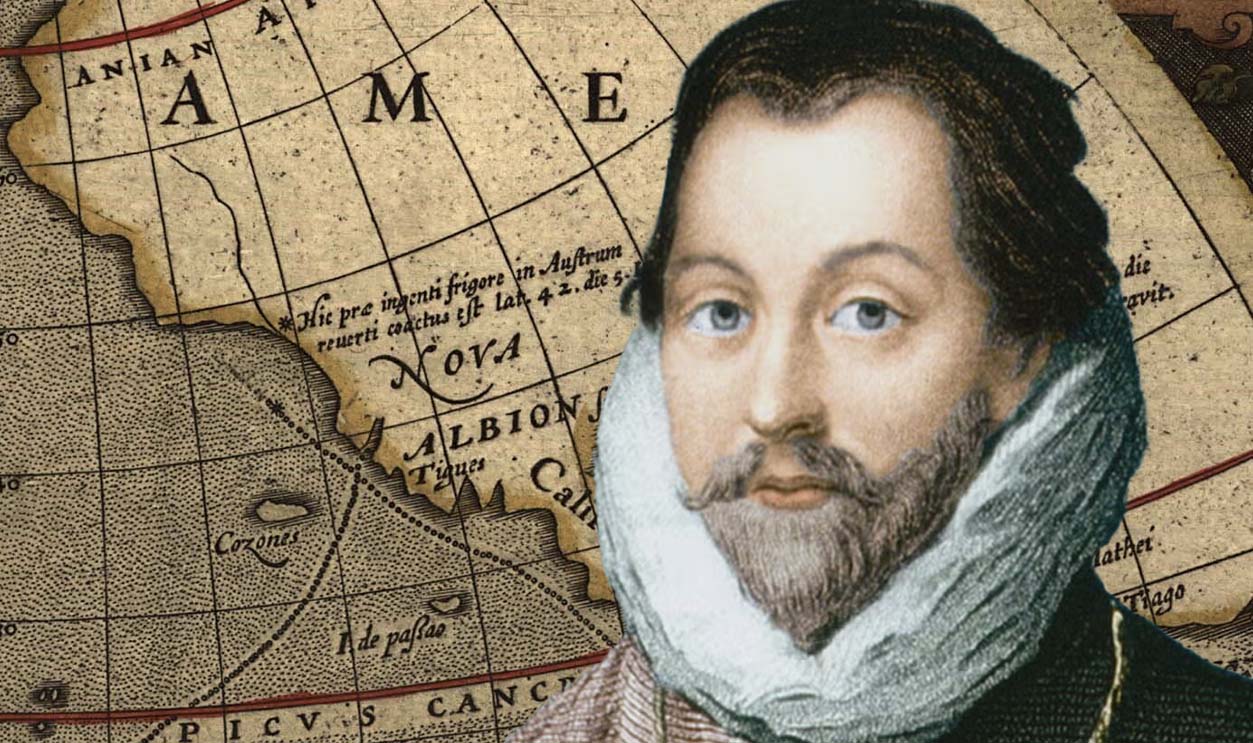
The Backstory
In the 1500s, England and Spain were beefing, something that was not uncommon. However, in this particular instance, they now had the power and influence to start claiming land further and further away from the European continent.
 Juan Pantoja de la Cruz, Wikimedia Commons
Juan Pantoja de la Cruz, Wikimedia Commons
The Backstory
As a result, Sir Francis Drake devised a plan: he would plunder all of the Spanish settlements along the Pacific Coast of what was then called the “New World”. Essentially, they were intending to plunder Spanish colonies along the west coast of North and South America.
 Marcus Gheeraerts the Younger, Wikimedia Commons
Marcus Gheeraerts the Younger, Wikimedia Commons
The Backstory
This was hardly new, though this particular mission was made all the more significant as Drake had a very particular backer: Her Royal Highness Queen Elizabeth I. This, however, may not have been public knowledge at the time.
 Marcus Gheeraerts the Younger, Wikimedia Commons
Marcus Gheeraerts the Younger, Wikimedia Commons
The Backstory
Despite potentially keeping it secret, Drake knew that he had Elizabeth’s support as he ravaged the Spanish towns and ships along the coast of primary Mexico. It would not be until Drake started his adventure home that he struck the real metaphorical gold.
 August Dominus, CC BY-SA 4.0, Wikimedia Commons
August Dominus, CC BY-SA 4.0, Wikimedia Commons
The Discovery
On his way home, Drake sought out a shortcut to England, the almost mythical “Strait of Anian”. This strait would eventually be identified as the Bering Strait. However, in the 1500s, maps marked it further south than it was, making it almost a myth.
 NASA/GSFC/JPL/MISR-Team, Wikimedia Commons
NASA/GSFC/JPL/MISR-Team, Wikimedia Commons
The Discovery
At this point in history, the west coast of North America had only been explored by Spanish ships. Drake wished to avoid further conflict with the Spanish (feeling he’d caused enough problems) and therefore sailed northwest of where he knew Spain to have claimed land already.
 Johann Moritz Rugendas, Wikimedia Commons
Johann Moritz Rugendas, Wikimedia Commons
The Discovery
It was important for Drake to stay away from known Spanish areas, as he needed a safe harbor in which he could make repairs to his ship. He first landed in Cape Arago, present-day Oregon. However, he did not stay long before seeking a safer harbor.
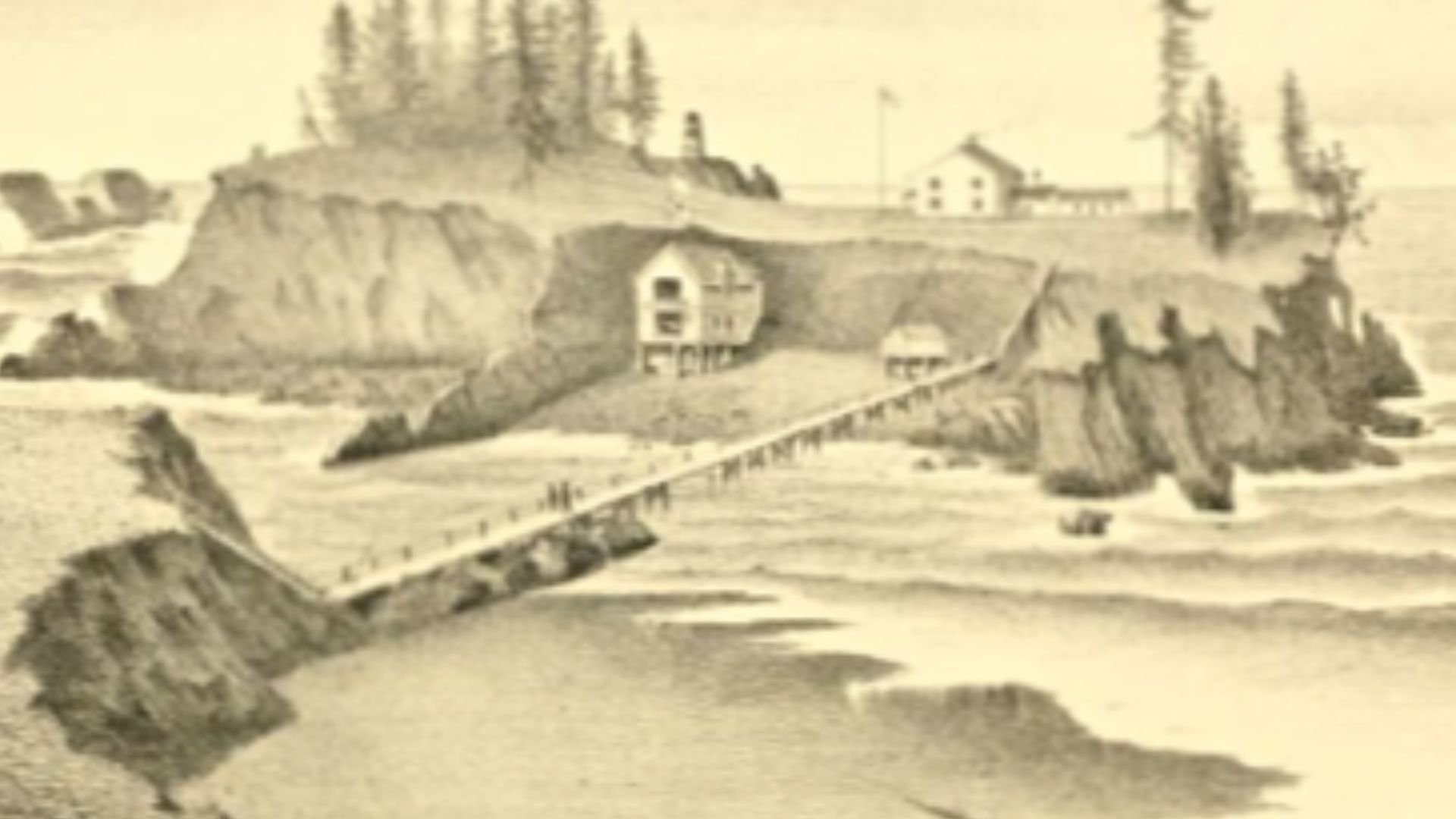 A.F. Walling, Wikimedia Commons
A.F. Walling, Wikimedia Commons
The Discovery
Where Drake ultimately ended up was in a harbor in present day Northern California. This may have been an unremarkable excursion, except Drake decided while he was there that would change the course of history.
 A.F. Walling, Wikimedia Commons
A.F. Walling, Wikimedia Commons
The Discovery
While in this harbor, Drake took it upon himself to claim the land in the name of his benefactor, Queen Elizabeth (and therefore England). He named this new land Nova Albion, or as it is known today, New Albion.
The Naming
Albion is an archaic name for Great Britain. When Drake landed, he felt that the cliffs and white banks he found there reminded him of his homeland. Therefore, the name seemed fitting.
The Declaration
To make his declaration official, Drake attached a plate of brass, one containing Elizabeths image through the form of a sixpence coin, attached to a large post. This plate detailed Drake’s visit, and claimed the land for Elizabeth and all English monarchs after her.
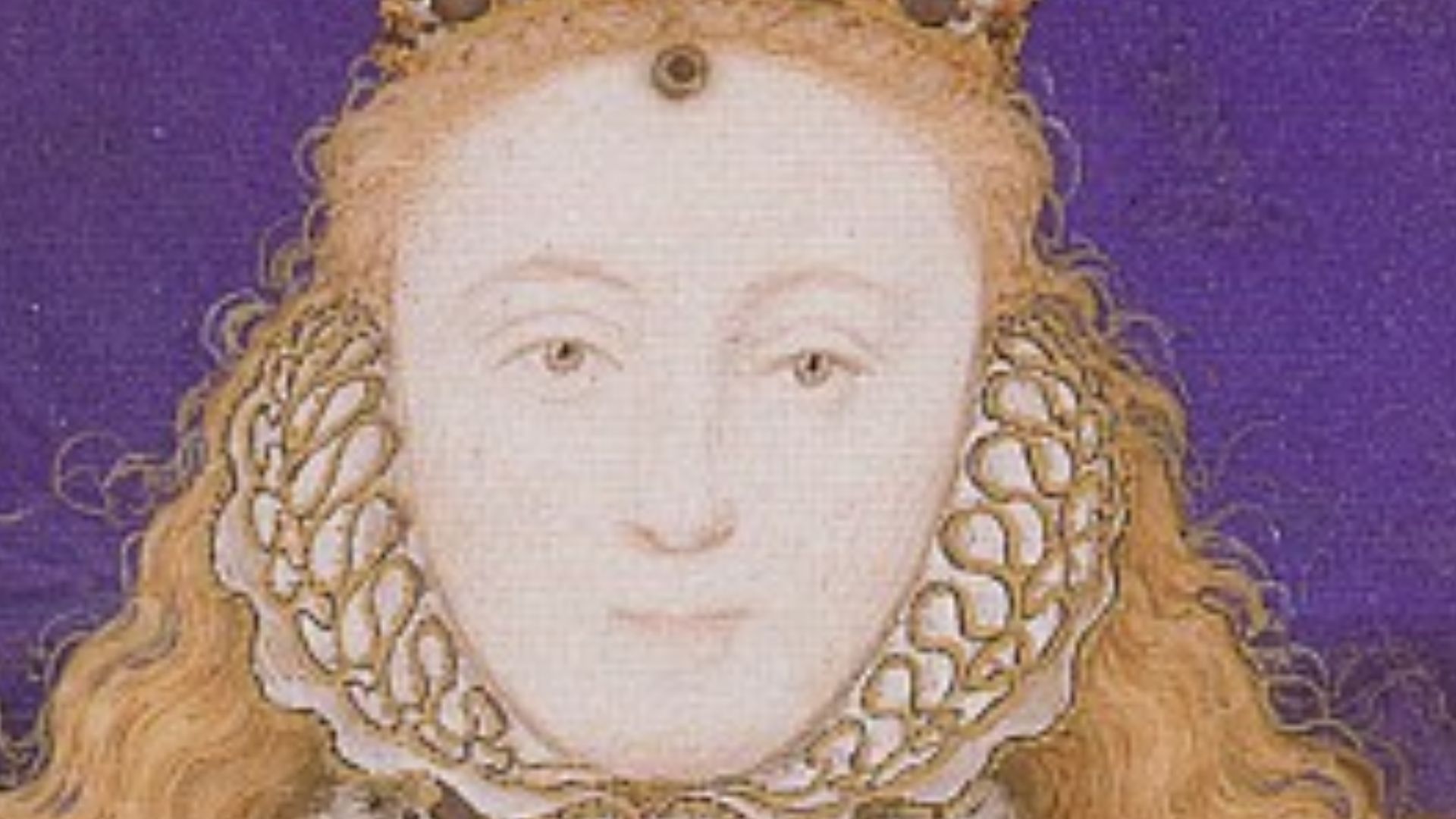 Nicholas Hilliard, Wikimedia Commons
Nicholas Hilliard, Wikimedia Commons
The Declaration
Despite claiming the land for England, Drake did not spend much time in New Albion. After erecting his sign, he had his men build a fort. He did some exploring of the area, engaging with the local Indigenous people, before leaving as soon as his ship repairs were done.
 Shawnobusa, CC BY-SA 3.0, Wikimedia Commons
Shawnobusa, CC BY-SA 3.0, Wikimedia Commons
The Response
Drake was met with immediate success upon returning home from this adventure. He gathered riches for both himself and his investors (of which the Queen was included), and his reputation was set for history to see.
 Unknown Author, CC BY 3.0, Wikimedia Commons
Unknown Author, CC BY 3.0, Wikimedia Commons
The Response
Much of Drake’s expedition was suppressed immediately following their return. The monarchy wanted to spread a story that they had found a passage that they did not. This meant that much of the information about New Albion became blurred over time.
 Unknown Author, Wikimedia Commons
Unknown Author, Wikimedia Commons
The Response
The one map that existed of Drake’s expedition was lost during a fire in 1698. A replica of it was made around 1590 that still exists to this day, which has the location of New Albion placed on it. However, it was far from definitive.
 Hondius, Jodocus sr;Decumanus at en.wikipedia, Wikimedia Commons
Hondius, Jodocus sr;Decumanus at en.wikipedia, Wikimedia Commons
The Documentation
No set land markers were made when Drake claimed New Albion for England. The permeators were vague. Therefore, as maps came out following this, the exact location of New Albion varied greatly.
 Unknown Author, Wikimedia Commons
Unknown Author, Wikimedia Commons
The Documentation
In some cases, following Drake’s claim of lands, maps would begin to show all of the land of North America above Mexico as “Nova Albion”, claiming it for the English. This is the precedent that New Albion and Drake made for England.
The People
Of course, Drake was not the first person to step foot on the land of the North America. There were Indigenous people living there when Drake appeared. Anthropologists have done what they could to identify them.
 Mikhail Tikhanov, Wikimedia Commons
Mikhail Tikhanov, Wikimedia Commons
The People
Drake provided descriptions of the people that he met when he arrived in New Albion, including their homes, language and ceremonies. From this, anthropologists have identified them as Coast Miwok.
The People
Coast Miwok were the second largest group of Miwok people and, traditionally, claimed homelands in the Point Reyes area, which is in present day Marin County, California.
 Noahedits, CC BY-SA 4.0, Wikimedia Commons
Noahedits, CC BY-SA 4.0, Wikimedia Commons
The People
Unsurprisingly, the Coast Miwok were wary of Drake when he first appeared on their lands. Although they initially approached armed with bows and arrows, Drake reportedly soothed their suspicions, and they would then visit Drake’s encampment often.
 Eadweard Muybridge, Wikimedia Commons
Eadweard Muybridge, Wikimedia Commons
The People
Drake mistook initial responses of the Coast Miwok people as ones of worship. He presumed their traditional response to his arrival meant they assumed he and his people were gods. Modern eyes interpret actions differently.
 Albert Bierstadt, Wikimedia Commons
Albert Bierstadt, Wikimedia Commons
The People
The actions of wailing and self-laceration that Drake witnessed upon his arrival have now been identified as an act of mourning. It is believed that the group may have thought Drake and his men were relatives returning from the afterlife.
 Louis Choris, Wikimedia Commons
Louis Choris, Wikimedia Commons
The People
One day, the Coast Miwok performed a significant gesture. They honored Drake with a crown of feathers, chains around his neck, and a scepter. Drake interpreted this as an act of surrender.
 Theodor de Bry, Wikimedia Commons
Theodor de Bry, Wikimedia Commons
Drake’s Time In Albion
Drake took the honor that the Coast Miwok gave him as a sign of them willingly surrendering their sovereignty to him. It was this that Drake used as his basis to claim the land for Queen Elizabeth and England.
 Unknown Author, Wikimedia Commons
Unknown Author, Wikimedia Commons
Drake’s Time In Albion
Following this, Drake began exploring the land and communities of the Indigenous people around him. As a result, Drake’s Chaplin Francis Fletcher, who made many records of the trip, became the first person to create a written record of any of the 64 distinct language groups that existed in the California area at this time.
 John Conyers (fl. 1677), after Francis Fletcher (c. 1555-1619), Wikimedia Commons
John Conyers (fl. 1677), after Francis Fletcher (c. 1555-1619), Wikimedia Commons
Drake’s Time In Albion
These words were among some of the reasons that historians believe that the people Drake met at this time were undoubtably Coast Miwok, as the words were part of a distinct language group belonging to them.
 Albert Bierstadt, Wikimedia Commons
Albert Bierstadt, Wikimedia Commons
Drake’s Time In Albion
Many of Fletcher’s writings have been used by historians to confirm the area of New Albion as belonging to Point Reyes. This includes the varied temperatures between the coast and inland, as well as the unusual animals that he saw, like elk and gophers.
 MikeVdP, CC BY-SA 3.0, Wikimedia Commons
MikeVdP, CC BY-SA 3.0, Wikimedia Commons
The Impact
Although little to no time was spent in New Albion, its claim had lasting impacts on history. It was England’s first attempt at asserting a claim over the North American Pacific coast. It would set a precedent for years to come.
 Unknown Author, Wikimedia Commons
Unknown Author, Wikimedia Commons
The Impact
Moreover, Nova Albion (as it was referred to most often at the time) became a distinctive place on maps. England would use this designation to support their presumed right to build their American empire.
 Hu Nhu, CC0, Wikimedia Commons
Hu Nhu, CC0, Wikimedia Commons
The Impact
Not only did this claim of New Albion dictate the manner in which Elizabeth, and monarchs after her, would continue to use their power, but it also influenced England’s claim on land for centuries. It changed the map.
 National Portrait Gallery, Wikimedia Commons
National Portrait Gallery, Wikimedia Commons
The Impact
Claiming New Albion simply because Drake had landed there ushered England into a new age of power. Instead of claiming land because of “Papal mandate”, as had been common in Europe for centuries, this ushered in an era of claim because of physical presence. Essentially, a more complicated “finders keepers” method.
 Bartolomeo Passarotti and workshop, Wikimedia Commons
Bartolomeo Passarotti and workshop, Wikimedia Commons
The Impact
More than that, the presence of New Albion on the map would result in English claim on the Pacific Northwest region for centuries to come—even once America had separated from England, New Albion prevailed.
 Library of Congress, Wikimedia Commons
Library of Congress, Wikimedia Commons
The Impact
During the 1846 negotiation of the Oregon Treaty, which divided Oregon County between Canada and the United States, New Albion made an appearance. The presumed ownership of the area of “New Albion” was used to negotiate the final treaty lands in this exchange.
 Kmusser, CC BY-SA 2.5, Wikimedia Commons
Kmusser, CC BY-SA 2.5, Wikimedia Commons
Finding New Albion
This dependency of New Albion as proof of ownership is particularly interesting, given that its exact location has never been fully asserted. Even from its initial naming, its location was under question.
 Royal Museums Greenwich, Wikimedia Commons
Royal Museums Greenwich, Wikimedia Commons
Finding New Albion
From Drake’s founding through to the 17th century, “New Albion” was used as a general term, which covered any amount of area along the California coast as suited whoever needed. It was not until the late 1700s that an exact location was posed.
 United States Coast Survey, Wikimedia Commons
United States Coast Survey, Wikimedia Commons
Finding New Albion
A Royal Navy officer by the name of George Vancouver was the first person to conclude that Drakes Bay in Northern California was likely Drake’s New Albion landing site. This area is along the Point Reyes National Seashore.
 Unknown Author, Wikimedia Commons
Unknown Author, Wikimedia Commons
Finding New Albion
This assertion was repeated again in the 1940s, when a group of archeologists began looking at the reports Fletcher had made and comparing his observations with the landscape around Point Reyes. They concluded that Drakes Bay matched these observations.
 Decumanus at en.wikipedia, CC BY-SA 3.0, Wikimedia Commons
Decumanus at en.wikipedia, CC BY-SA 3.0, Wikimedia Commons
Finding New Albion
Some critics of this area included the fact that some sandbars mentioned by Drake were missing. However, historian Raymond Aker asserted that those sandbars have always been cyclical. He was proven correct when he accurately predicted that a spit of land that disappeared in 1956 would reappear in 2001.
 Darkngs, CC BY-SA 4.0, Wikimedia Commons
Darkngs, CC BY-SA 4.0, Wikimedia Commons
Finding New Albion
Another piece of evidence that was used to support Drakes Bay as Drake’s landing site was the discovery of 16th-century Chinese porcelain. Nearly 100 pieces were found in the area and are believed to be remains of the wares Drake had stolen off of Spanish ships before arriving in New Albion.
 Pcvjamaica, CC BY-SA 4.0, Wikimedia Commons
Pcvjamaica, CC BY-SA 4.0, Wikimedia Commons
Finding New Albion
Despite all of this evidence, it was not until the early 2000s that Drakes Bay was officially recognized by the US Department of the Interior as Drake’s landing site. A plaque announcing it as a national historic landmark was placed in 2012.
 Pcvjamaica, CC BY-SA 4.0, Wikimedia Commons
Pcvjamaica, CC BY-SA 4.0, Wikimedia Commons
Other Locations
Although Drakes Bay has been officially recognized by most sources, there are still other suggested locations. These locations include San Francisco Bay and all the way north in Vancouver Island, Canada.
 Satellite image: @digitalglobe, CC BY 4.0, Wikimedia Commons
Satellite image: @digitalglobe, CC BY 4.0, Wikimedia Commons
Myths And Hoaxes
A few other myths and discrepancies exist for New Albion. The first is that Drake intended to form a colony. Some reports seem to say that at some point, Drake’s crew lost 20 men. Some use this to say he left them behind to make a colony, though most agree it was just a reporting error.
Myths And Hoaxes
Finally, to date, Drake’s plaque that he presented at New Albion has never been found. While a couple hoaxes have surfaced, in the end, nothing has been proven to be the true New Albion plaque.
 MikeVdP, CC BY-SA 3.0, Wikimedia Commons
MikeVdP, CC BY-SA 3.0, Wikimedia Commons
You May Also Like:
The Rediscovery Of One Of America's Oldest Colonies
The Cryptic Message Left By England's First American Colony
The White Sands Footprints Redefined What We Know About The First American Settlements
Sources: 1

